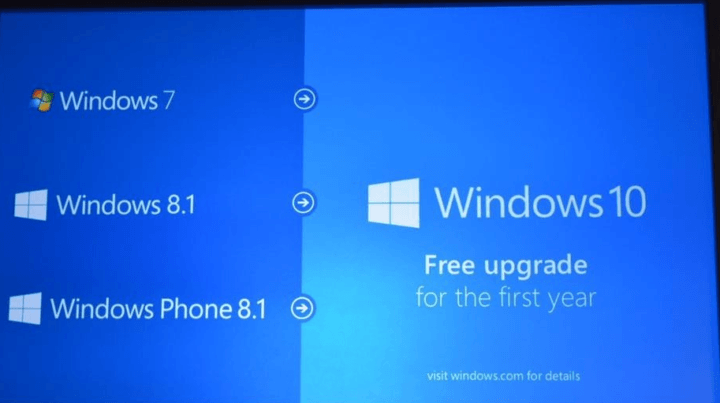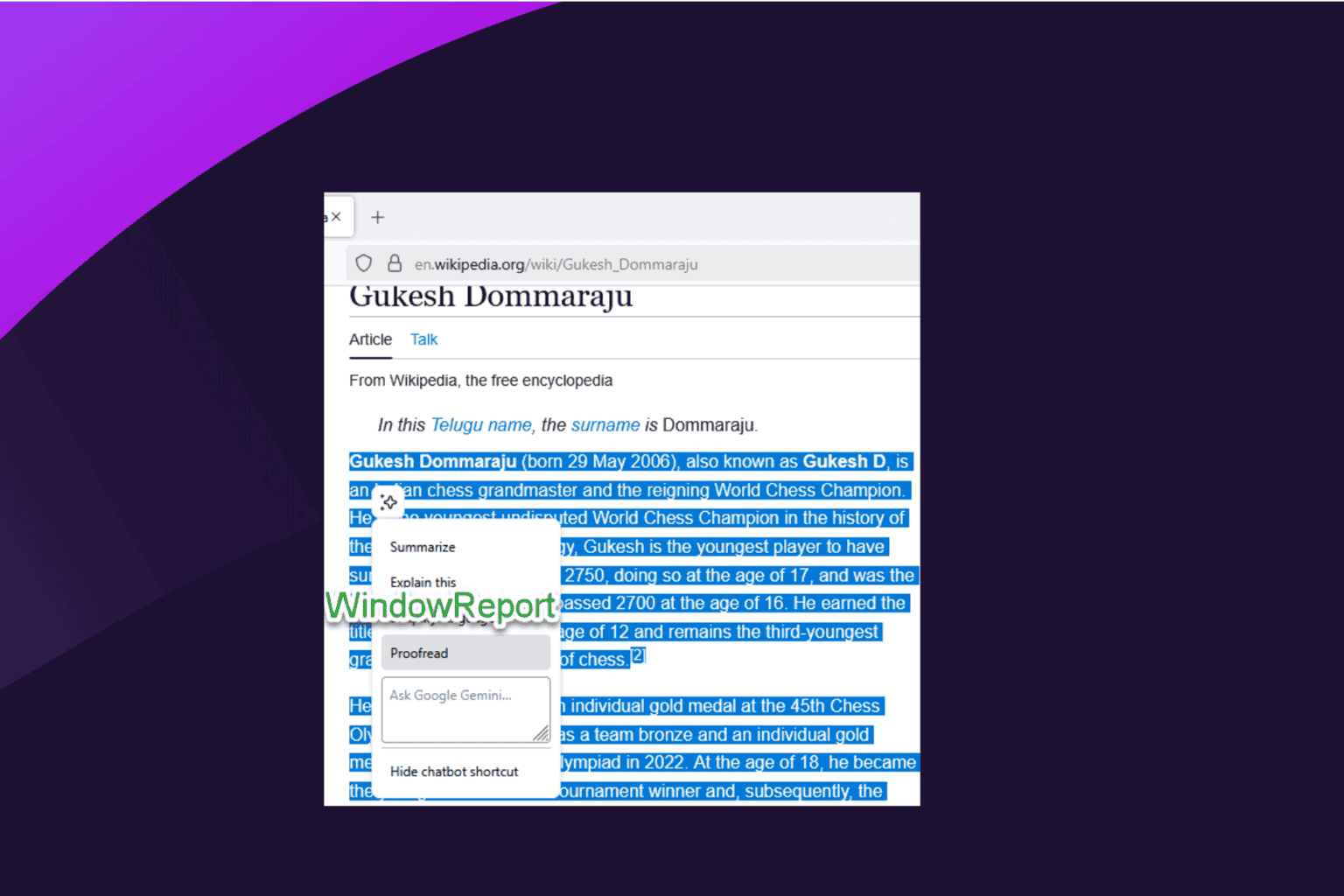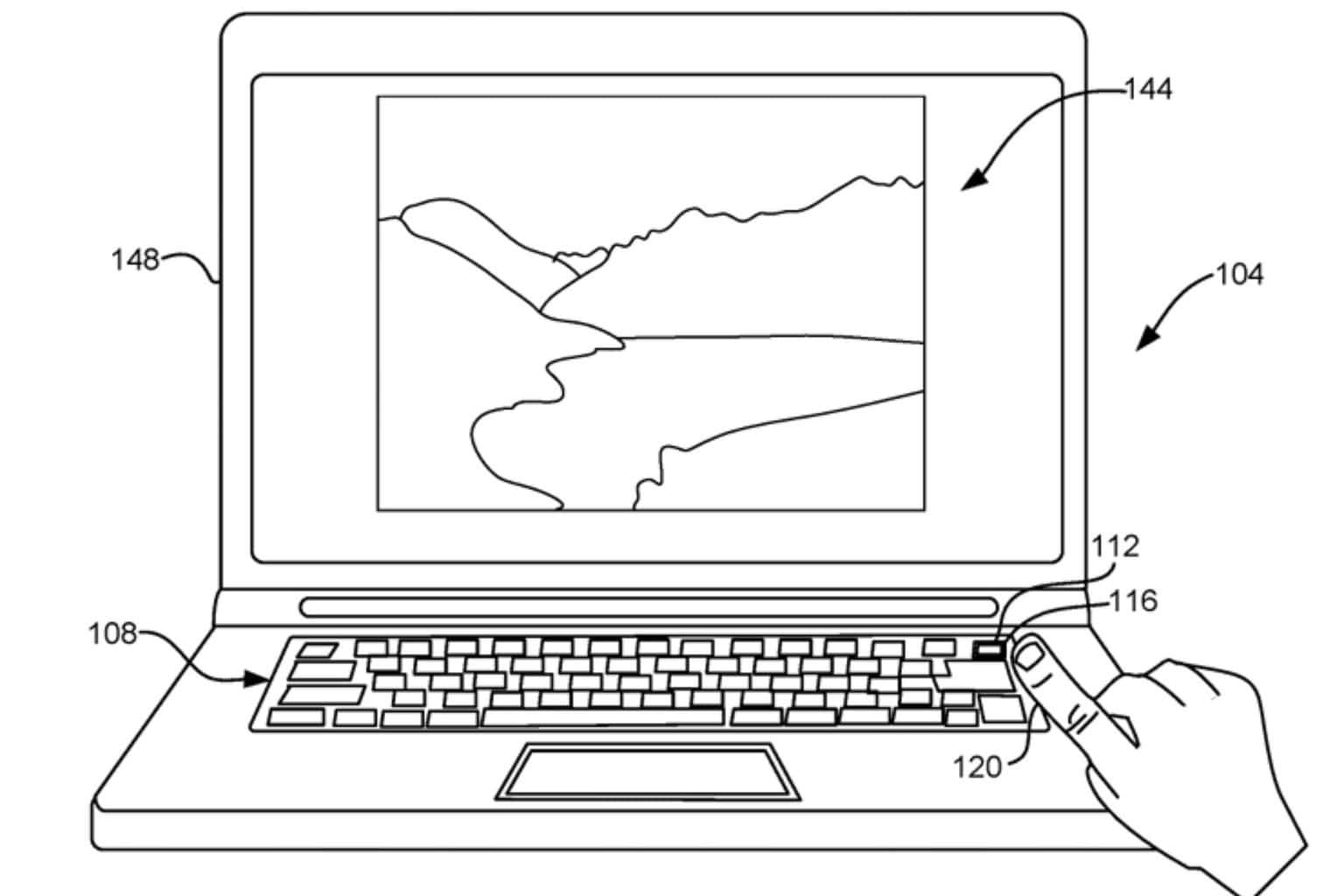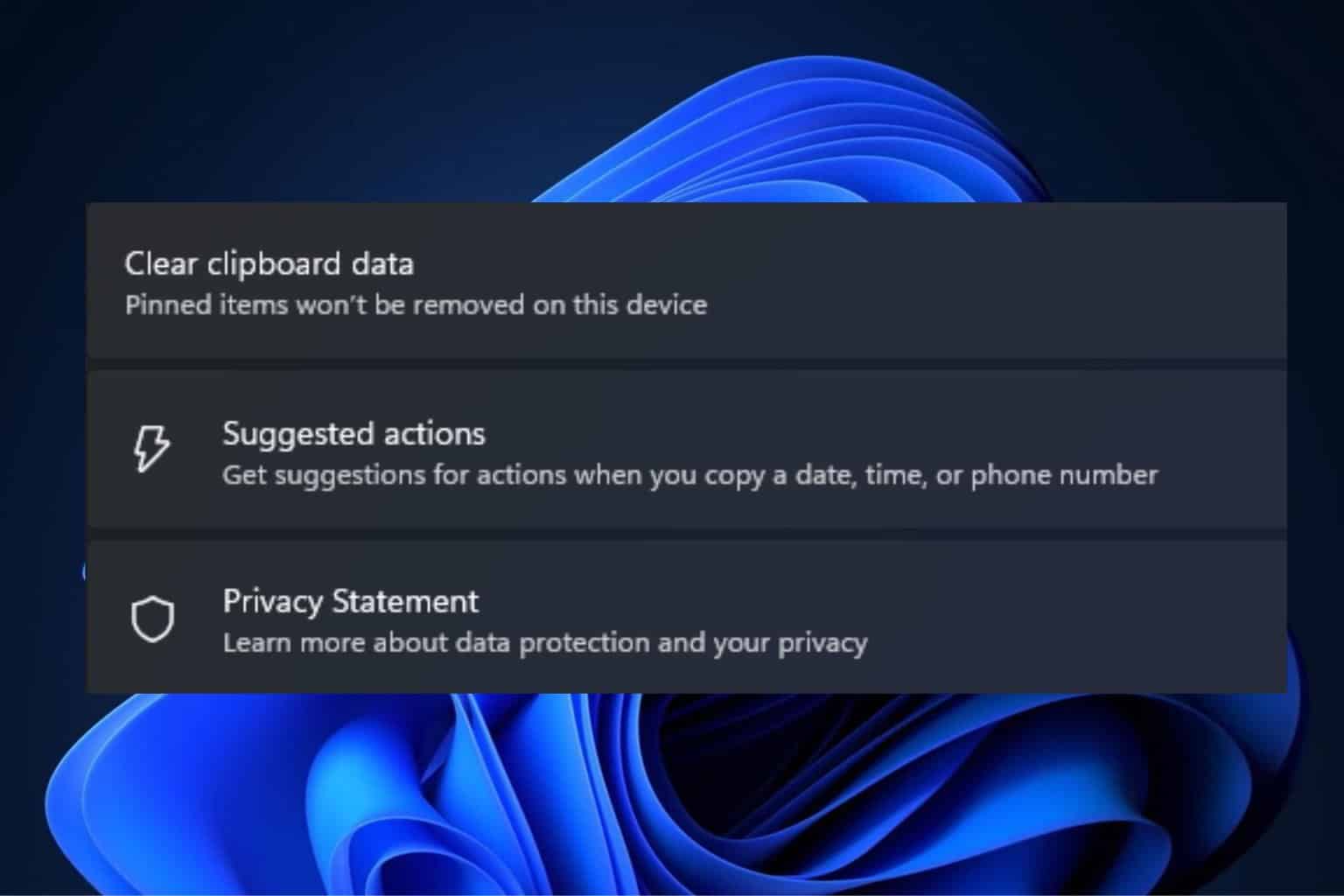Analysts expect Redstone to trigger mass upgrade to Windows 10
2 min. read
Published on
Read our disclosure page to find out how can you help Windows Report sustain the editorial team. Read more

Windows 7 is king on the operating system market, with an impressive 48% market share seven years after its official release. Microsoft’s current goal is to convince users to upgrade to Windows 10, currently at a 15% market share. The tech giant hasn’t been shy, showing off its bag of tricks in its attempt to convince — or force — users to do so. The company made the Windows 10 upgrade free until June 29 while unexpected upgrade pop-ups appear in the middle of live TV, and its latest involves the X button from the upgrade window that takes your no for a yes.
According to analysts, Microsoft’s dream of turning Windows 10 into the most popular OS in the world will soon come true thanks to the Redstone update. Many companies running Windows 7 are choosing to wait until the mature version of Windows 10 is rolled out before making the switch to the new OS. Companies need to know what increased value Windows 10 offers before deciding to upgrade.
Organizations will only upgrade to Windows 10 if they have a clear insight into its business value. […] Most organizations are still in the early planning stage when it comes to Windows 10. This means that most of the PCs running Windows 10 today are in the consumer segment of the market, and thus Windows 7 is probably running on 80 percent-plus business Windows PCs.
Companies will start to upgrade their systems after Redstone is launched, but the mass-upgrade is slated to take place only after the second Redstone wave, expected to land in the second half of 2017.
It will be very interesting to see whether analyst prediction come true. Another possibility could be that users and companies delay the update until 2020, when Microsoft ends support for Windows 7.
There’s also a third possibility: Windows 7 could go down the road of Windows XP. Windows 7 is an extremely popular and reliable OS, and users might decide to keep running it even without support from Microsoft, just as is the case with Windows XP — still the third most popular OS in the world. Even US government agencies are still running Windows XP-based systems. Windows 7 becoming another Windows XP would definitely be Microsoft’s worst nightmare.
RELATED STORIES YOU NEED TO CHECK OUT:








User forum
0 messages